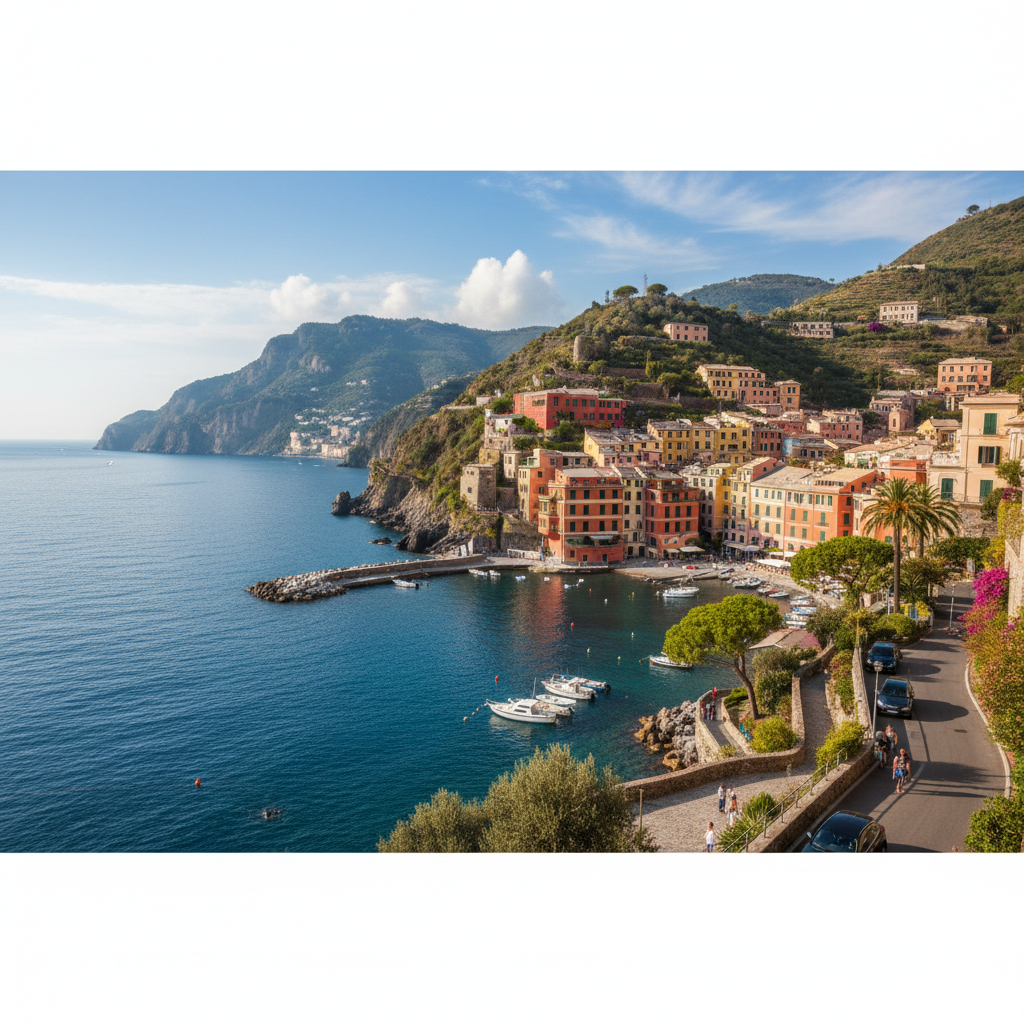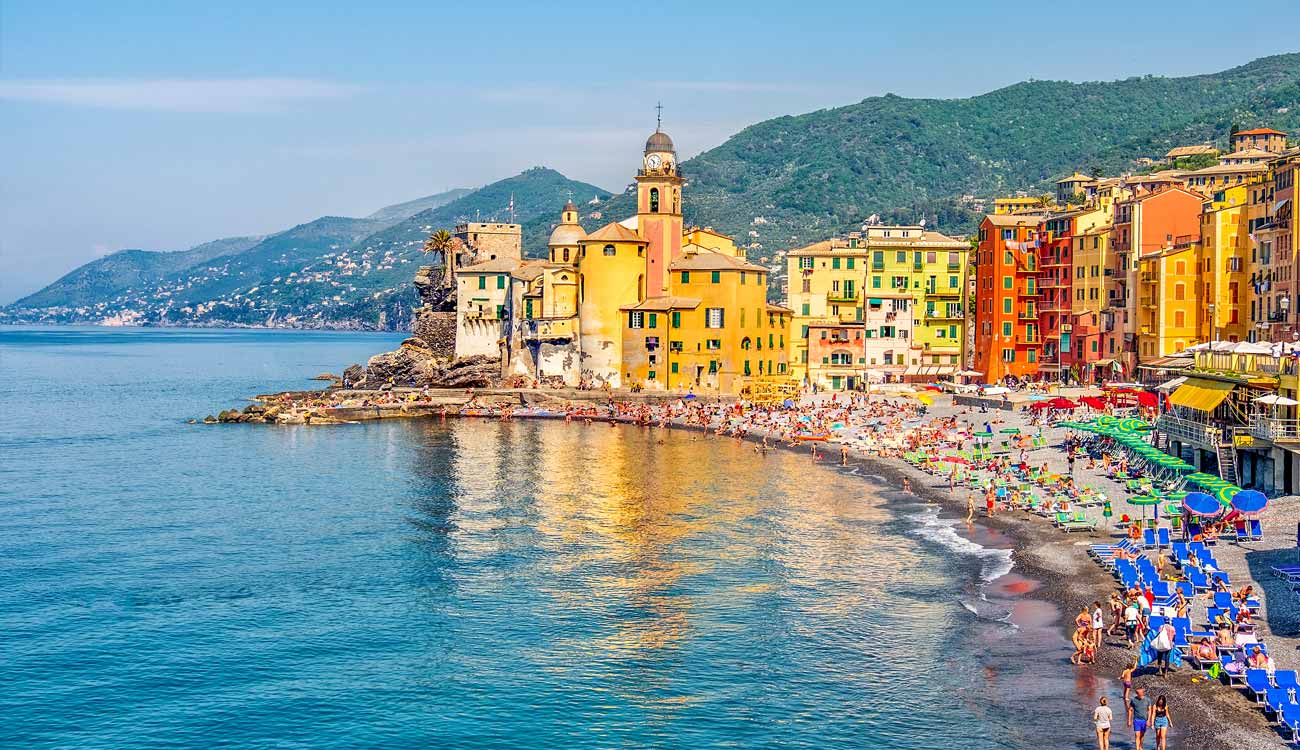
Italy’s New Flat Tax Regime and Lifestyle Benefits on the Italian Riviera
Italy’s Ligurian coast is becoming a prime destination for high-net-worth individuals seeking a blend of Mediterranean lifestyle and favorable tax conditions. Italy’s new flat tax regime, the *forfettario per neo-residenti*, allows expatriates to pay a fixed annual tax of €200,000 (potentially rising to €300,000) on foreign income, replacing traditional progressive taxation for up to 15 years. This, combined with more affordable real estate compared to Monaco and the French Riviera, makes Liguria an attractive investment and residency option. The region offers natural beauty, cultural richness, and proximity to luxury hubs, though challenges like residency requirements, bureaucracy, and market liquidity remain. With careful planning and expert advice, the Italian Riviera promises a unique mix of lifestyle appeal and financial advantages for new residents.
Summary
Exploring Italy’s New Flat Tax Regime and Mediterranean Lifestyle Opportunities on the Italian Riviera
Italy’s northwestern coast, particularly the Ligurian coastal towns bordering France and Monaco, is emerging as a strategic destination for high-net-worth individuals seeking a blend of Mediterranean lifestyle, favorable tax conditions, and investment opportunities. With the introduction of Italy’s innovative tax regimes and its proximity to iconic centers of wealth such as Monaco and the French Riviera, this region offers a compelling combination of value, culture, and strategic planning potential.
Italy’s Flat Tax Regime and Tax Incentives for Expatriates
Italy has introduced a groundbreaking flat tax regime known as the *forfettario per neo-residenti* aimed at attracting high-net-worth individuals (HNWIs) to establish residency. This system permits foreign-sourced income—including wealth and inheritance—to be taxed at a fixed lump sum of €200,000 annually, with proposals to increase this to €300,000. The regime extends for up to 15 years, replacing the ordinary progressive taxation framework on foreign assets and income. This structure is particularly advantageous for affluent expatriates who can benefit from simplified taxation while enjoying Italy’s high quality of life.
In addition to this flat tax, workers relocating to Italy may be eligible for the *impatriate exemption*, reducing taxable income by between 70% and 90%, depending on whether they relocate to less developed southern regions such as Sicily or Sardinia. While Liguria does not currently offer the southern Italy exemption, its strategic location continues to provide tax arbitrage opportunities when combined with neighboring jurisdictions.
Comparative Real Estate and Tax Landscape in the Mediterranean
Real estate prices along the Italian Riviera remain substantially more affordable than in Monaco or the French Riviera, making it attractive for those seeking a Mediterranean lifestyle paired with tax efficiency. Typical property prices in Liguria range from €3,000 to €6,000 per square meter, compared to the French Riviera’s €8,000 to €15,000 range and Monaco’s ultra-luxury prices of €45,000 to €70,000 per square meter.
Neighboring countries offer different tax and lifestyle frameworks:
- France imposes progressive income and wealth taxes but offers cosmopolitan urban life and business opportunities.
- Monaco levies no income tax on residents, providing full tax neutrality, albeit with significant barriers to residency and extremely high property prices.
- Spain’s Costa Brava and Portugal’s Algarve provide competitive real estate prices and varied tax regimes, though these markets differ in lifestyle and administrative environments.
This marked disparity in real estate costs and tax regimes presents opportunities for border tax arbitrage, where high-net-worth individuals can structure their residence, work, and asset portfolios across Italy, France, and Monaco to optimize tax obligations and quality of life.
Lifestyle Benefits of the Ligurian Coast
The Ligurian Riviera combines natural beauty, historic charm, and Mediterranean climate, offering mild winters, rich cultural experiences, and a family-friendly environment. Its location near the French border allows residents easy access to Monaco and the French Riviera’s amenities, making it ideal for those who want to enjoy Mediterranean cultural lifestyle benefits without the inflated costs of neighboring luxury markets.
Navigating Challenges: Residency, Bureaucracy, and Market Liquidity
Despite its attractions, moving to and investing in Italy carries practical challenges. Italian residency rules require individuals to spend at least 183 days per year in the country, with documentation and proof of residence often complicated by Italy’s bureaucratic processes. The language barrier adds complexity, as Italian dominates official communications and legal contracts.
While real estate prices are comparatively lower, the markets in smaller Ligurian towns are less liquid than in Monaco or Cannes, potentially affecting resale timelines and investment flexibility. Property transactions may also necessitate substantial restoration work, especially with historic buildings, which can be costly and require careful management.
Local infrastructure and healthcare services vary by location, and while the community is generally welcoming, integrating into smaller towns may require effort due to fewer English-speaking amenities and expat networks.
Conclusion
Italy’s new flat tax regime for new residents presents a unique opportunity for high-net-worth individuals to combine tax efficiency with the Mediterranean lifestyle offered by the Ligurian Coast. When paired with strategic multi-country planning involving France and Monaco, this region offers an attractive balance of accessible real estate prices, cultural richness, and favorable tax outcomes.
However, prospective expatriates should prepare for the complexities of Italian residency rules, bureaucratic procedures, and language differences, seeking expert tax, legal, and real estate advice. For those who navigate these challenges successfully, the Italian Riviera offers an unmatched environment where nature, culture, and financial planning intersect to create a distinctive lifestyle and investment proposition.

Frequently Asked Questions
Q: Italian tax benefits for expatriates
A: Italy offers several tax incentives for expatriates to attract foreign professionals and investors. One key benefit is the 'Impatriate Regime,' which allows eligible individuals to benefit from a reduced taxable income, often 70% or even 90% exemption of their income for up to 5 or 10 years. Additionally, certain regions provide further incentives, such as relief on local taxes. These measures make Italy an appealing destination for expatriates seeking favorable tax conditions.
Q: Living in Ligurian border towns
A: Living in Ligurian border towns offers a unique blend of Italian culture with influences from neighboring regions and countries, such as France. These towns often feature picturesque coastal views, historic architecture, and a slower pace of life compared to larger cities. Residents can enjoy fresh seafood, Mediterranean climate, and access to both Italian and French amenities. However, being border towns, they might have a mix of languages and customs, which can enrich daily experiences but may also require adaptability.
Q: Italy-France-Monaco relocation strategies
A: Relocating between Italy, France, and Monaco requires careful planning due to differing legal, tax, and residency regulations. Italy offers long-term residence permits and various visa options, while France has a comprehensive system including the Talent Passport for professionals. Monaco, known for its favorable tax environment, requires applicants to demonstrate stable income and secure accommodation. Effective strategies include understanding each country's tax treaties, healthcare access, property laws, and residency requirements, alongside seeking expert legal and financial advice to ensure a smooth transition.
Q: Cost of property in Sanremo vs Monaco
A: Property prices in Monaco are significantly higher than in Sanremo. Monaco, known for its luxury real estate and status as a tax haven, often features multi-million euro apartments and villas. In contrast, Sanremo offers more affordable options, with prices typically much lower, making it attractive for buyers looking for a Mediterranean lifestyle at a reduced cost. While Monaco is one of the most expensive property markets globally, Sanremo provides good value within the Italian Riviera.
Q: Advantages of Italian impatriate regime
A: The Italian impatriate regime offers significant tax benefits to foreign workers relocating to Italy for employment, research, or self-employment. This regime reduces taxable income by applying favorable tax breaks, such as excluding a large portion of income from taxation, which can make the relocation financially attractive. Additionally, it aims to encourage highly skilled professionals, managers, and researchers to contribute to the Italian economy and innovation sectors. Other advantages include simplified compliance requirements and potential tax credits for family members, making it a beneficial option for expatriates moving to Italy.
Key Entities
Sanremo: Sanremo is a coastal city in Liguria, northern Italy, known for its Mediterranean climate and as the host of the annual Sanremo Music Festival. It is also famous for its historic casino and as a tourist destination for flower lovers, particularly during its flower festival.
Bordighera: Bordighera is a picturesque Italian town on the Ligurian coast, renowned for its palm-lined promenades and mild climate. It has a rich botanical heritage and has attracted artists and writers throughout history.
Ospedaletti: Ospedaletti is a small town in Liguria, Italy, famous for its flower cultivation and long stretch of botanical gardens. The town benefits from a mild Mediterranean climate, making it a popular destination for tourists seeking a tranquil seaside experience.
Ventimiglia: Ventimiglia is an Italian town near the French border, known for its historic old town and open-air markets. It serves as a key transit point between Italy and France along the Ligurian coast.
San Felice Circeo: San Felice Circeo is a town in the Lazio region of Italy, famed for its archaeological sites and proximity to the Circeo National Park. It offers important natural and historical attractions along the Tyrrhenian Sea.
External articles
- The Three-Country Arbitrage Nobody's Talking About
- The Three-Country Arbitrage Nobody's Talking About
- Italy's flat tax: a guide for investors
Articles in same category
- Naked Mole-Rats: Unraveling the Secrets of Eusociality and Longevity
- AI Hallucinations in Legal Practice: Court Sanctions Highlight Risks
- Controversy Surrounding AI Judging Tool at Canadian Brewing Awards
YouTube Video
Title: 7% Flat Income Tax Italy everything that you need to know!
Channel: BradsWorld
URL: https://www.youtube.com/watch?v=Mn3LgOHJ9Zk
Published: 4 weeks ago
Technology